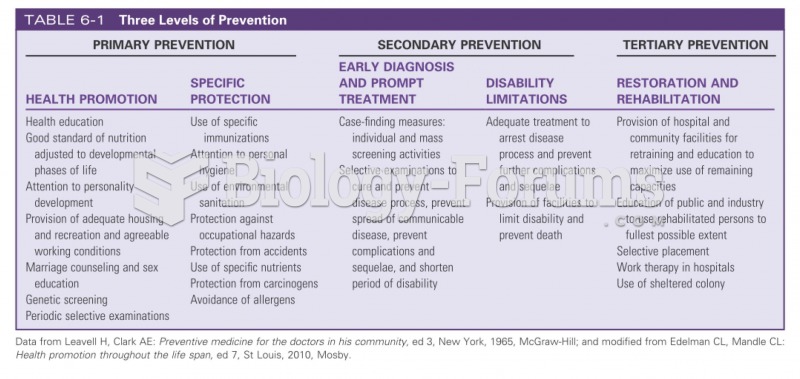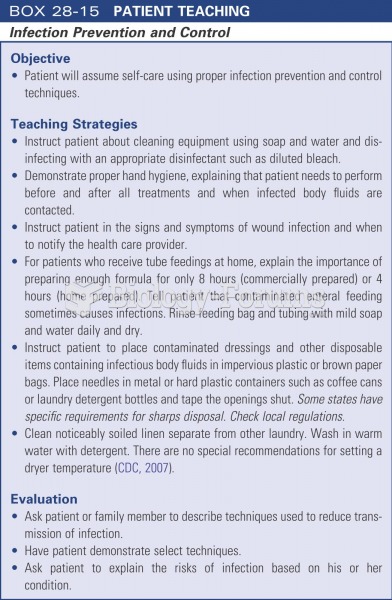Answer to Question 1
b
Answer to Question 2
Executions in the South clearly show major racial differences. As indicated earlier, however, racial imbalances in outcomes do not necessarily prove discrimination. Interestingly, many studies found that the most obvious factorrace of the defendantwas not as important as the race of the offender in combination with the race of the victim. The offendervictim dyad, ordered according to the perceived seriousness of the offense, is: 1 . black offender, white victim; 2 . white offender, white victim; 3 . black offender, black victim; 4 . white offender, black victim. Research on the offendervictim dyad established that blacks killing or raping whites were the most likely to be executed; conversely, whites killing or raping blacks were least likely to receive the death penalty. These findings have been interpreted as indicating that severe punishments were motivated by a desire to protect the white social order. Some also argue that black lives were not valued as much as white lives. A variety of studies indicated that the use of the death penalty in the South was racially discriminatory (Baldus, Pulaski, & Woodworth, 1983; Hindelang, 1972; Ralph, Sorensen, & Marquart, 1992). A different conclusion emerged for the North. Studies of the death penalty in Northern states found no evidence of racial discrimination (Kleck, 1981). Findings that the application of the death penalty remain racially biased despite the apparent protections required by Gregg were challenged by a study of all death-eligible cases appealed to the Louisiana Supreme Court (Klemm, 1986). The initial analysis revealed the impact of extralegal variables. The chance of receiving a death sentence steadily decreased as one moved down the scale of offendervictim dyads. These findings clearly paralleled earlier ones in other states. More sophisticated analysis, however, highlighted the importance of legal variables. Unlike previous researchers, Klemm also examined how the crime was committed. The prior relationship of the offender to the victim emerged as an important factor. Primary homicides are crimes of passion involving persons who knew each other. Nonprimary homicides occur during the commission of another felony (most typically, armed robbery), and the victim is a total stranger. Those convicted of nonprimary homicides were more likely to receive a sentence of death, regardless of the race of the offender or the race of the victim. Thus, the chances of receiving a death sentence were greater if the victim was a stranger. Overall, the race of the victim had only an indirect effect in Louisiana. Likewise, a study of the use of the death penalty in Texas prior to Furman found some remarkable parallels to the findings from Louisiana. In particular, nonprimary homicides were more likely to result in the imposition of the death penalty (Ralph, Sorensen & Marquart, 1992). The importance of examining not just the victim but the nature of the homicide as well emerges in recent research on victim gender. In murder cases, defendants who victimize women are punished more harshly. The three victimization factors were rape, forcing the victim to disrobe, and killing an unclothed victim (Williams, Demuth & Holcomb, 2007).







